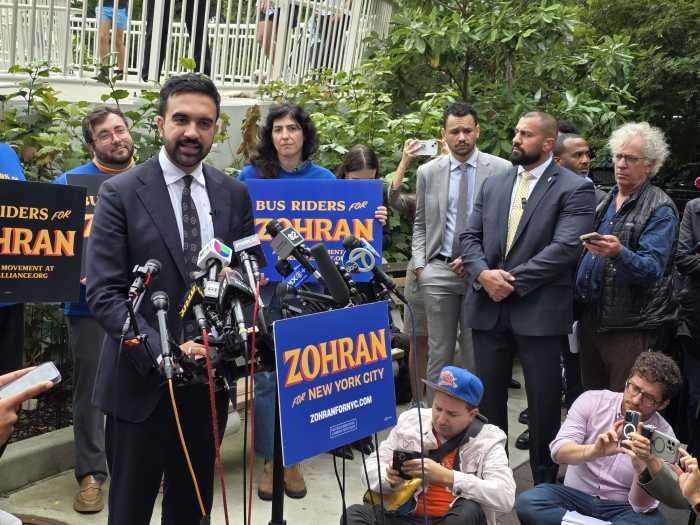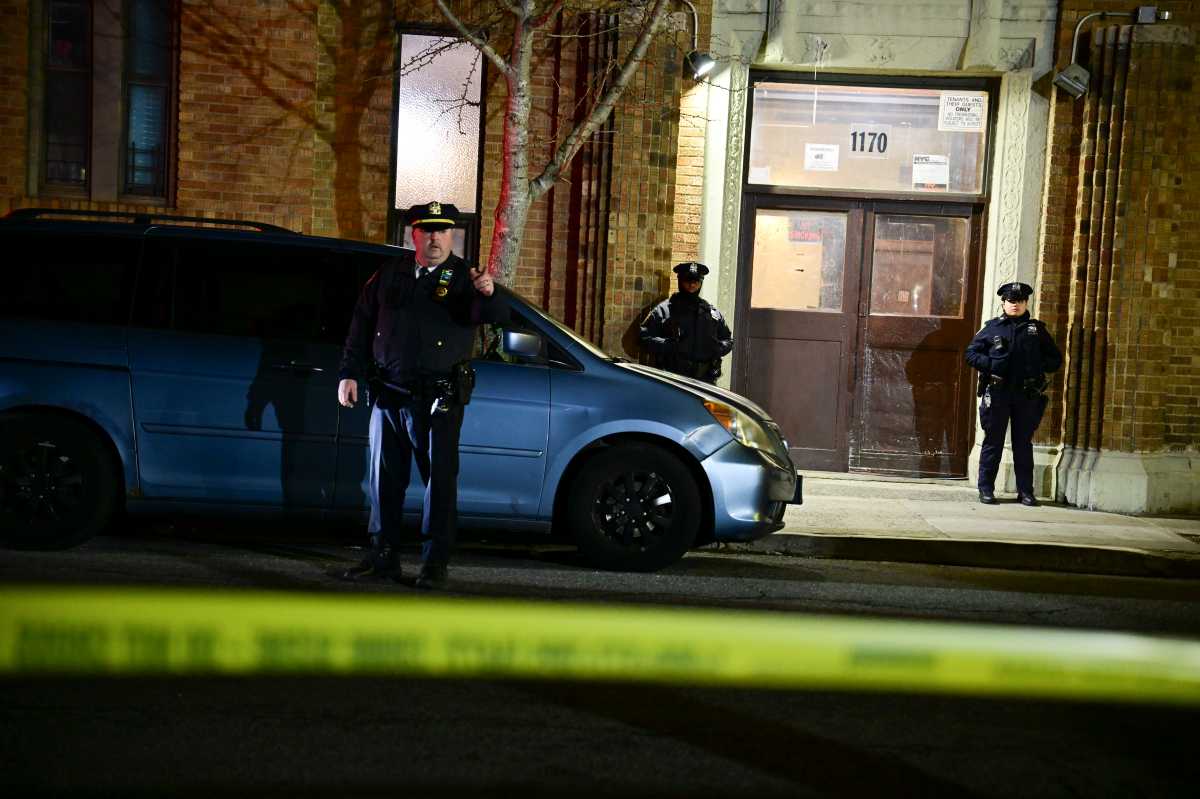New York is at a crossroads. We can either double-down on a broken plan that is years late, billions over budget, and already obsolete, or we can fix the problem with competence and common sense.
Here’s the truth: Rikers Island as it exists today is a human-rights failure—outdated, unsafe, unacceptable. It must be closed as we know it. But the City’s “borough-based jails” scheme is the wrong cure. It is fast becoming New York’s next Big Dig: a $16 billion boondoggle that would drop massive towers in the middle of residential neighborhoods, harm small businesses and schools, divide communities, and still fail to deliver a safer, fairer system.
We need a plan that works for safety, and for taxpayers. My proposal does exactly that: rebuild modern, humane facilities on Rikers Island in phases while converting the four borough jail sites into affordable housing and mixed-use development that will improve our neighborhoods.
Why this is necessary
Start with the facts. The City’s 2019 plan under Bill de Blasio projected $8 billion in costs and closing Rikers by 2027. Today, the price tag has ballooned to $15–16 billion and the City’s own Budget Director has admitted the 2027 mandate won’t be met. Major contracts for Queens ($3.9B) and the Bronx ($2.9B) alone already exceed $7 billion. Brooklyn is two years behind schedule. Manhattan isn’t projected to finish until 2032—five years after the legal deadline to shutter Rikers. And the original plan’s total capacity—3,300 beds—is less than half of Rikers’ population as recently as March 2025 (over 7,000).
My opponent, Zohran Mamdani, wants to continue down the path of the failed de Blasio plan that is years late, billions over budget, and disdained by local communities that would be saddled with housing the borough-based jails. That’s ideology over competence. It’s government promising what it can’t deliver and sending taxpayers the bill.
The better way
- Phased rebuild on Rikers. Replace decrepit buildings with state-of-the-art, light-filled housing designed for rehabilitation, safety, and mental-health treatment—one building at a time—so operations continue without disruption. This is the same strategy we used at LaGuardia Airport: build new, keep running, open on time. We did it. It worked.
- Accountability and efficiency. Focus construction on one secured site to avoid redundant costs and years of neighborhood litigation and logistics nightmares. Use design-build and disciplined project management—the tools we used for LaGuardia, Moynihan Train Hall, the Kosciuszko Bridge, and the L-Train fix—to deliver on time and on budget. Even before the City’s costs exploded, a Manhattan Institute analysis suggested a Rikers-rebuild approach could save hundreds of millions versus the original borough-jail estimates. Today, the savings vs. the swollen $15–16 billion plan would be measured in billions.
- Redevelop the borough sites for housing and community use. New York needs homes. The cleared jail parcels are massive, transit-accessible, and ready. Working with local leaders, we can deliver affordable housing, childcare, retail, open space, and job-creating mixed-use projects tailored to each borough’s needs. Instead of erecting four fortress-jails in residential blocks, let’s build neighborhood assets that families welcome.
- Guarantee visitation access. The one supposed advantage of borough-based jails (closer visitation) can be achieved with direct express buses from each borough to Rikers for families and attorneys.
Humane and safe at the same time
This is not a choice between humanity and public safety. A modern Rikers campus can do both: safe, secure facilities with expanded mental-health services, addiction treatment, education, and work programs, as well as the staffing, design, and technology to protect people in custody and the officers who serve them. End the status quo and build a system that actually rehabilitates and reduces recidivism, rather than repeating the mistakes of the past.
Competence matters
We’ve done the “impossible” before. When the MTA announced an L-Train shutdown that would cripple the city for 15 to 20 months, I questioned the premise, brought in experts, changed the plan—and kept the trains running. When naysayers said LaGuardia couldn’t be rebuilt without shutting it down, we proved them wrong. The lesson is simple: when you get the management right, New York wins.
A city that works for everyone
New Yorkers don’t want slogans. They want results. They want a justice system that is humane and a city that is affordable. My plan delivers both: close Rikers as we know it by rebuilding it the right way, and turn four controversial jail sites into tens of thousands of homes and real neighborhood renewal. That’s how you improve lives now – not five or ten years from now after billions have been wasted and deadlines blown through.
New Yorkers rise again and again because we match imagination with competence. Let’s stop the Big dig and start building the future. Rebuild Rikers the right way. Build housing our families can afford. And let’s prove, once more, that when New York leads with common sense and courage, we set the standard for the world’s greatest city.





































